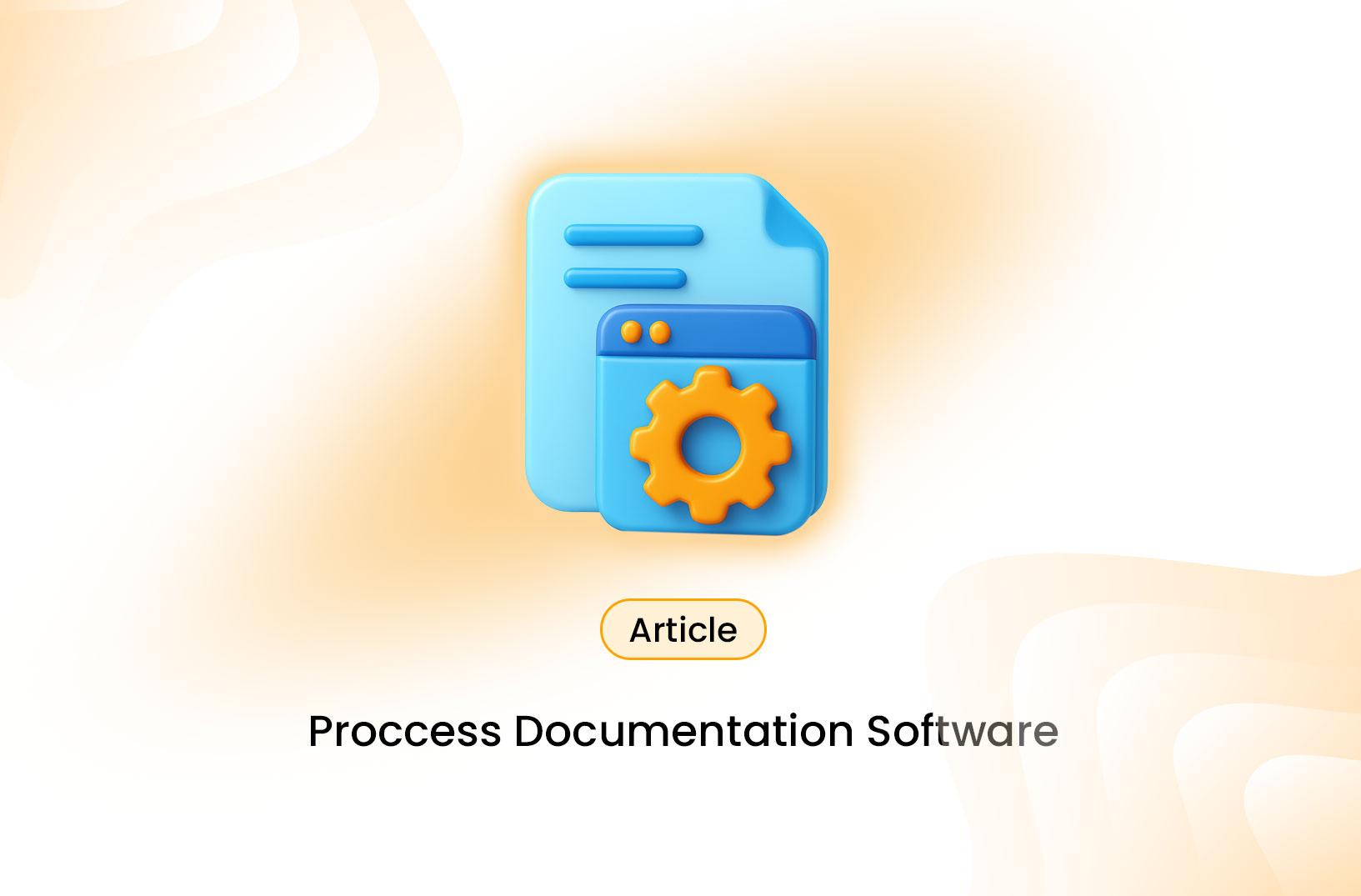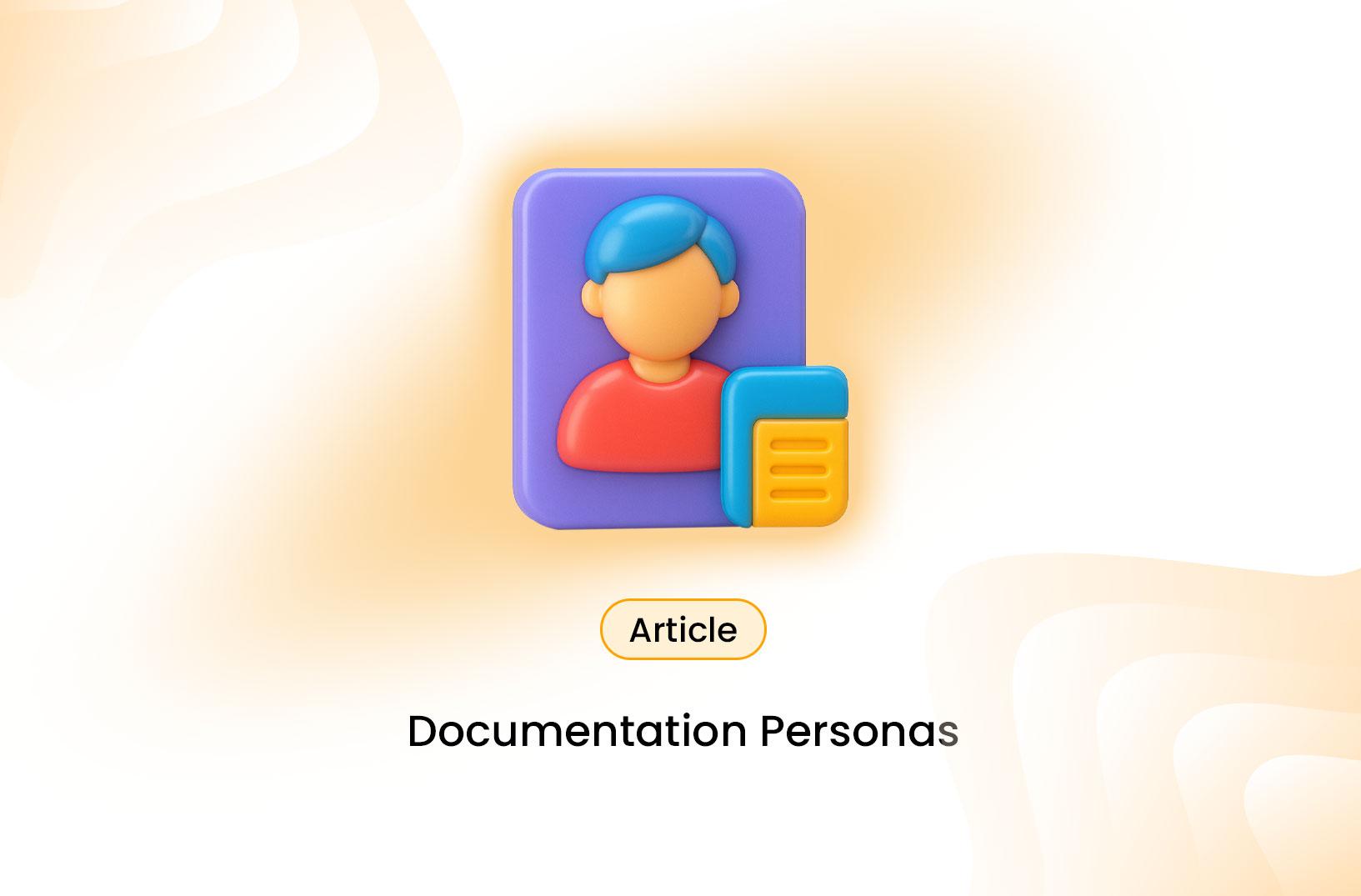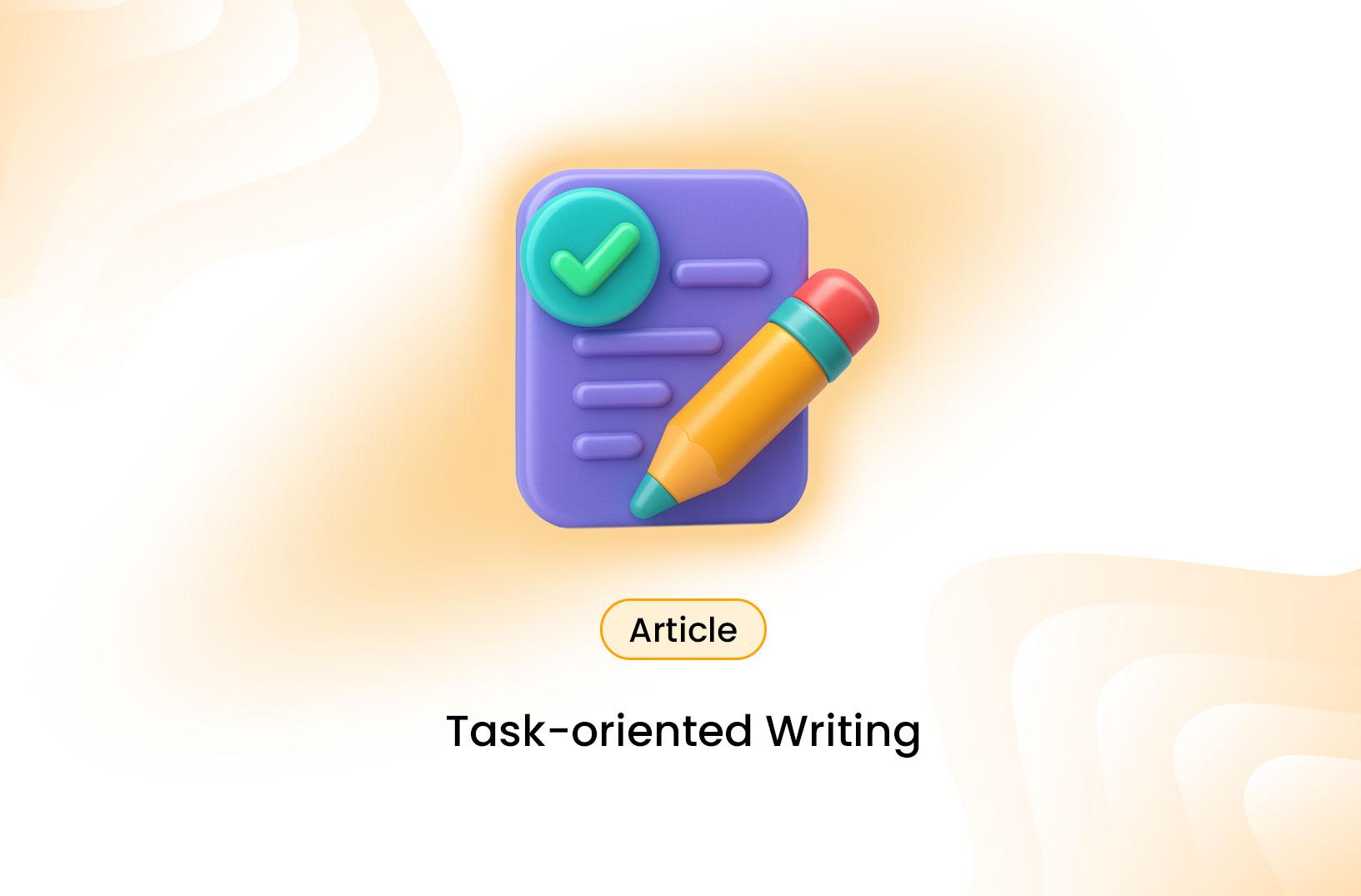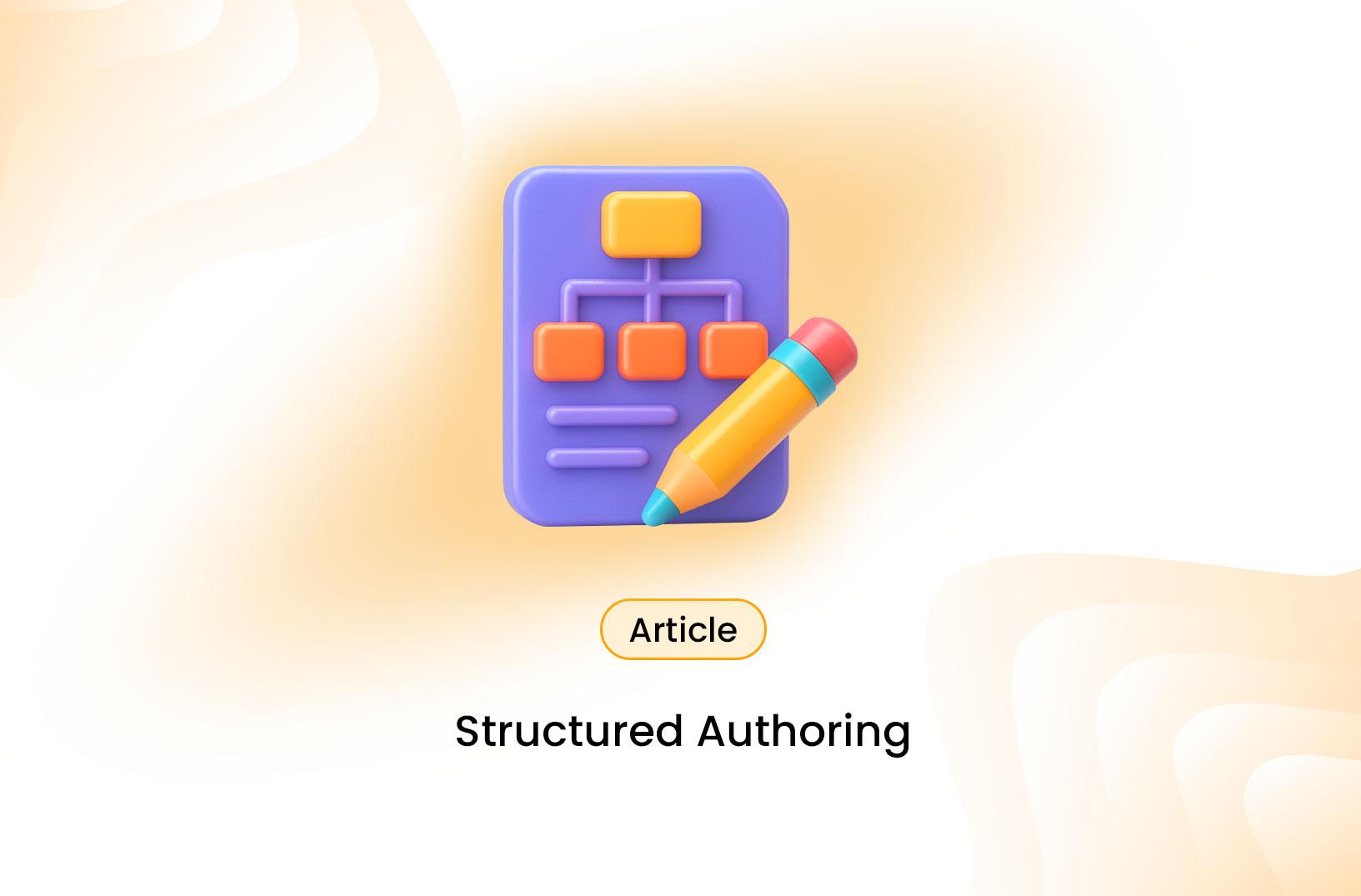What Is Process Documentation Software?
Process documentation software provides the tools and structure needed to create, manage, and store documents that define business workflows. It helps teams capture the steps, roles, and conditions of recurring processes—improving clarity, consistency, training, and compliance.
Why It Matters
- Standardizes Procedures: Ensures every team follows the same steps, reducing errors and onboarding time.
- Supports Training & Compliance: Clear documentation helps new staff hit the ground running and keeps organizations audit-ready.
- Enhances Efficiency: Automates updates, embeds visuals, and improves access—making processes more scalable and transparent.
Top Features to Look For
When evaluating process documentation tools, focus on these critical capabilities:
- Template-Based Workflows and Checklists: Prebuilt structures help teams get started quickly.
- Visual Mapping: Flowcharts, diagrams, and mind maps make complex processes easier to understand.
- Collaboration & Version Control: Real-time editing, comments, and rollback options enhance teamwork.
- Automation & Conditional Logic: Dynamic workflows adapt based on inputs and reduce manual effort.
- Integration Options: Sync with platforms like Slack, Zapier, Jira, or Confluence to keep documentation in context.
- Search & Analytics: Track usage, monitor updates, and ensure documentation stays relevant.
Recommended Tools & What They Do Best
Here’s a roundup of standout options with their strengths:
- Process Street – Ideal for teams standardizing recurring processes. Offers checklist workflows, approvals, automation, and strong integration capabilities. Great for onboarding and audits.
- Lucidchart – Excellent for visualizing processes with flowcharts and diagrams. Comes with collaborative editing, templates, and integration with popular apps.
- Document360 – A knowledge base platform perfect for structured, text-centric documentation like SOPs, manuals, and internal policies. Offers version control, search, and AI support.
- Scribe – Automatically generates step-by-step guides from user actions. Ideal for quickly creating visual instructional documentation.
- Trello / Kanban-Style Tools – Good for simple process tracking with intuitive cards and boards. Best suited for small teams or lightweight workflows.
- Whatfix – Embeds guidance directly into enterprise apps, offering context-aware process support within software environments.
- ProcessMaker – A powerful BPM platform that goes beyond documentation into workflow automation, ideal for organizations seeking end-to-end process orchestration.
- ADONIS – A BPM tool with process modeling, versioning, compliance support, and powerful integrations—great for businesses focused on process optimization and audit readiness.
Which Tool Is Right for You? Quick Guide
| Your Need | Recommended Tool |
|---|---|
| Recurring checklists/workflows | Process Street |
| Visual process mapping | Lucidchart |
| Text-based SOPs & manuals | Document360 |
| Auto-generated visual guides | Scribe |
| Simple task/process tracking | Trello/Kanban tools |
| In-app, contextual guidance | Whatfix |
| Full automation & workflow | ProcessMaker |
| BPM modeling & audit compliance | ADONIS |
Conclusion
Choosing the right process documentation software depends on your team's size, complexity of workflows, and need for automation or collaboration. Whether you want simple checklists or fully automated business orchestration, there's a tool tailored to help you document and scale processes effectively.




